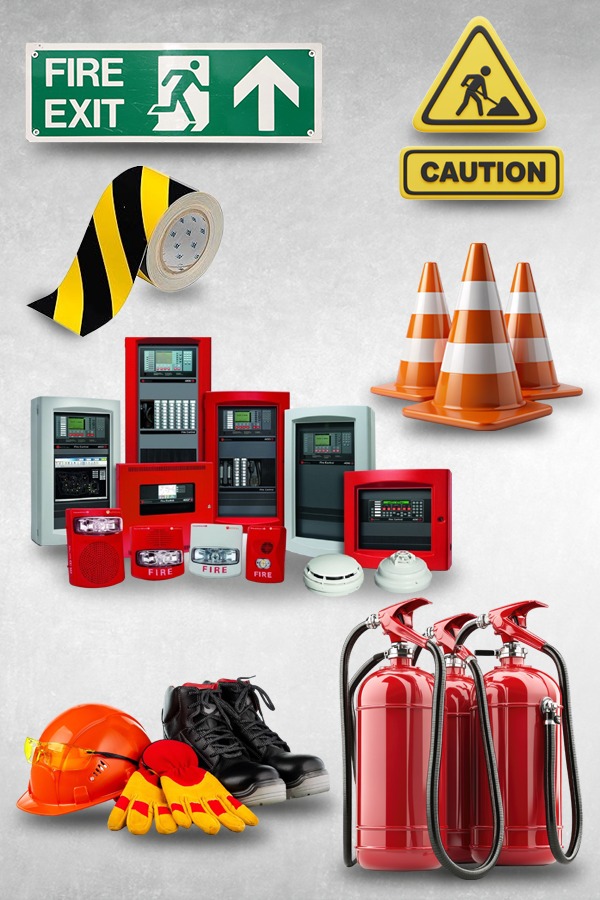Fire Suppression System

Fire Suppression System
A Fire Suppression System is an advanced fire protection solution designed to automatically detect, control, and extinguish fires before they spread—protecting lives, property, and critical assets. Unlike traditional systems that rely on water alone, fire suppression systems use specialized agents that effectively suppress fire with minimal damage to equipment or surroundings.
Our expertise covers various types of suppression technologies, including:
-
FM-200 and NOVEC 1230 Systems – Clean agent systems ideal for data centers and control rooms.
-
CO2 Systems – High-efficiency suppression for industrial and machinery spaces.
-
Inert Gas Systems (IG-55, IG-541, etc.) – Environmentally friendly options for enclosed areas.
-
Wet Chemical and Foam Systems – Designed for kitchens and fuel storage applications.
-
Aerosol Fire Suppression Systems – Compact and eco-friendly systems that discharge fine aerosol particles to interrupt the combustion process, providing rapid fire control without the need for extensive piping or water.
Each system is designed and installed in compliance with QCDD standards, ensuring optimal performance, safety, and reliability for diverse environments such as commercial buildings, server rooms, industrial facilities, and specialized high-risk areas.
We offer a full range of suppression solutions — including FM-200, NOVEC, CO2, Wet Chemical, Aerosol systems — ensuring reliable, residue-free, and efficient fire control.
Our expert team also provides refilling, re-commissioning, third-party testing, and QCDD certification assistance, guaranteeing full compliance and optimal performance for every installation.
We provide customized fire suppression solutions for critical areas such as data centers, control rooms, and electrical facilities. Using clean agents, FM200, Novec, CO2, and Aerosol, we ensure effective fire control with minimal equipment damage, fully compliant with QCDD and NFPA standards.
Other Services
Explore our range of engineering and safety solutions designed to ensure reliability and protection.
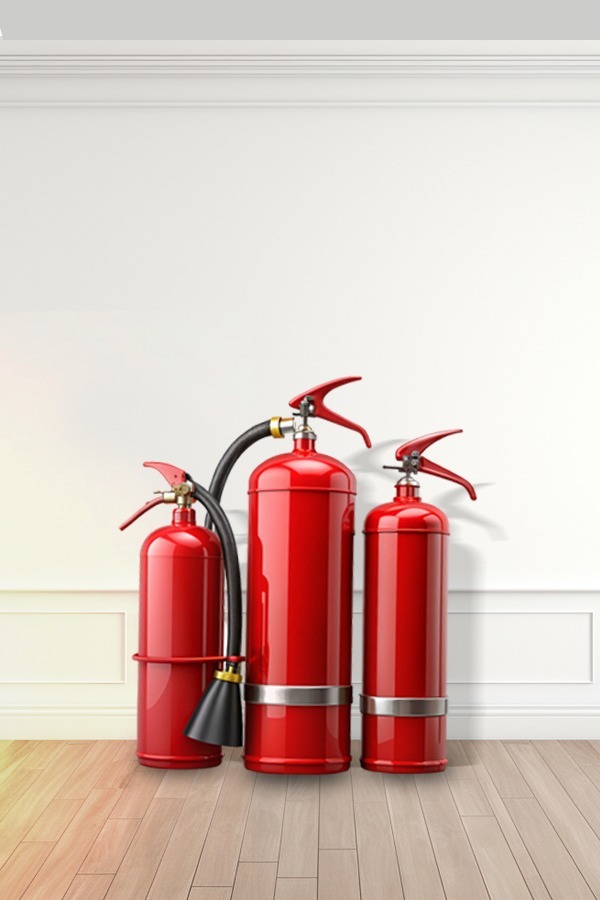
Fire Extinguishers
A fire extinguisher is a portable device designed to control or extinguish small fires in emergency situations. It discharges an extinguishi...
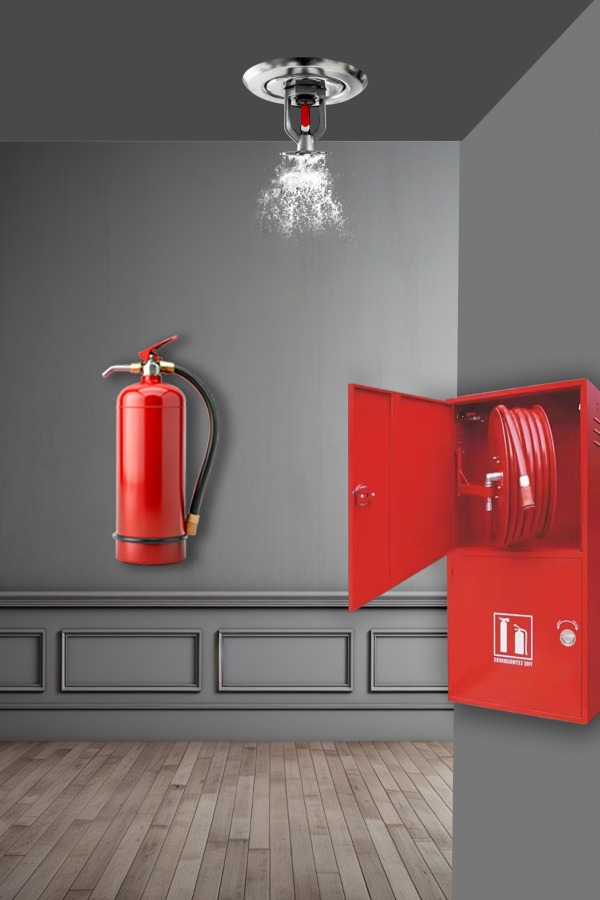
Firefighting System
A firefighting system is a combination of equipment, piping, water supply, and control mechanisms designed to detect, control, and extinguis...
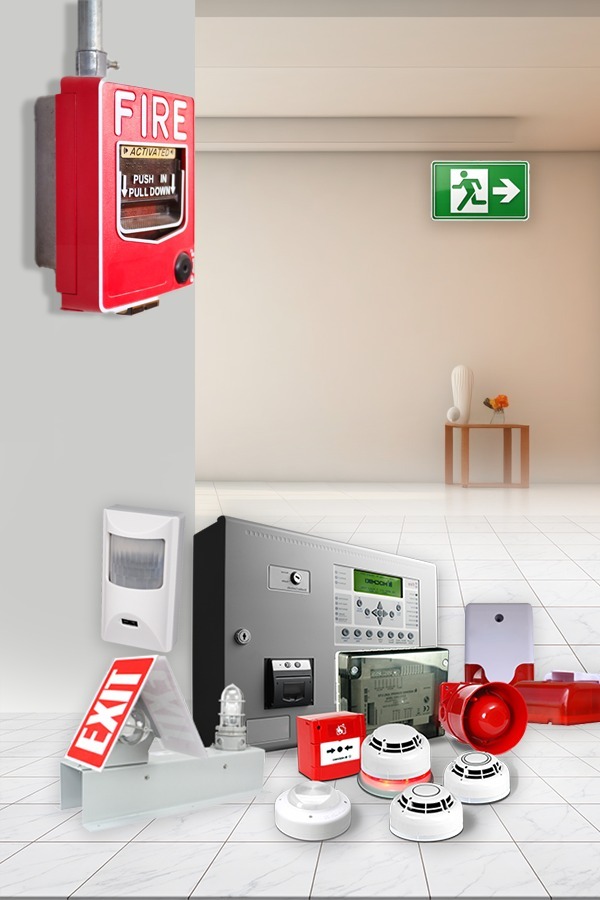
Fire Alarm/Detection System
A Fire Alarm System is an essential safety system designed to detect fire or smoke at an early stage and alert occupants through audible and...
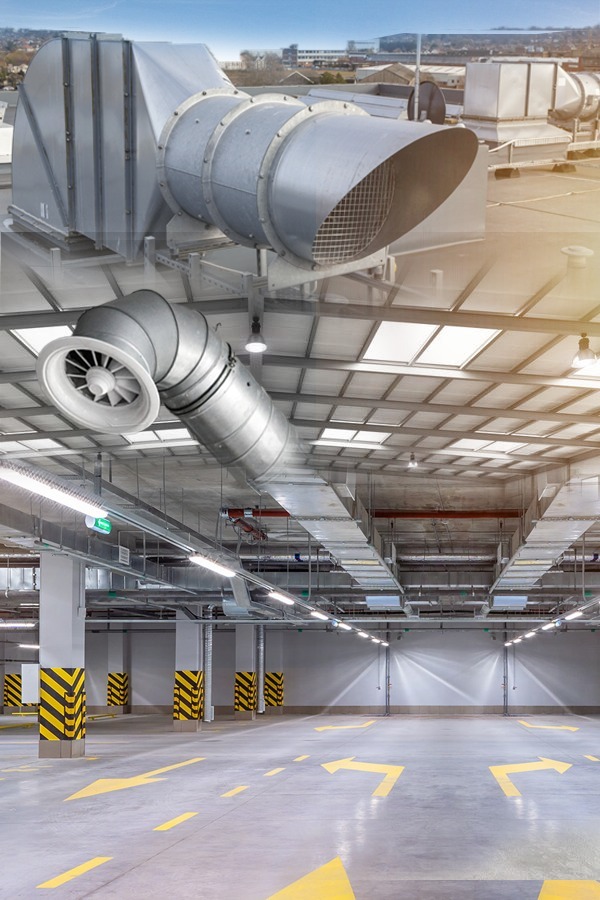
ACMV/ Smoke Management system
Smoke Management Systems (part of ACMV – Air Conditioning and Mechanical Ventilation Systems) are specialized systems designed to cont...

Fire rated Doors
A Fire Rated Door (also called a Fire Door) is a specially constructed door designed to resist the spread of fire and smoke for a specific p...
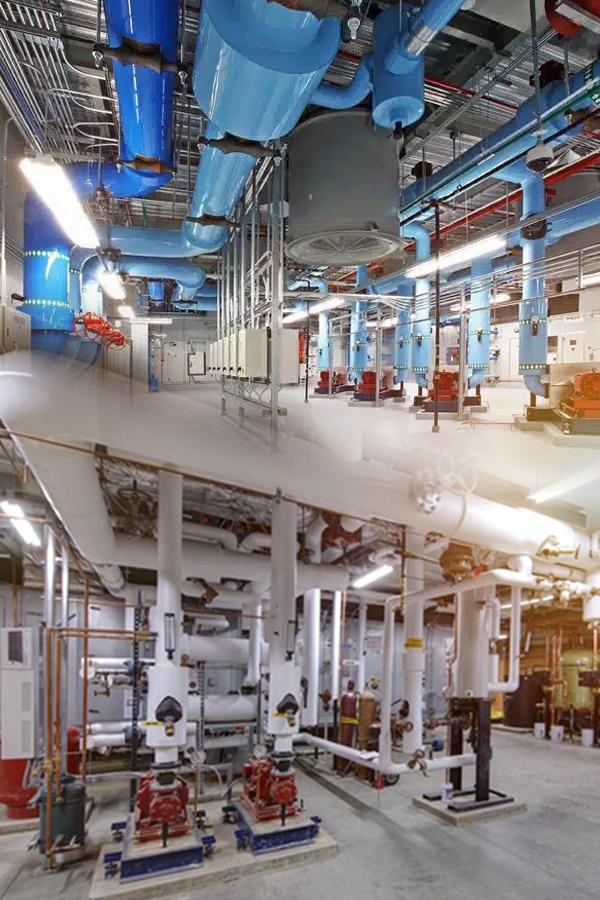
MEP Contacts & MEP Facility Maintenance
MEP stands for Mechanical, Electrical, and Plumbing — the three core technical systems essential for any building’s functionalit...

ELV System
ELV stands for Extra-Low Voltage Systems — a group of systems in a building that operate on low voltages (typically below 50V AC or 12...

HSE Project Supports
HSE stands for Health, Safety, and Environment — a crucial discipline that ensures workplaces, construction sites, and operations are...
